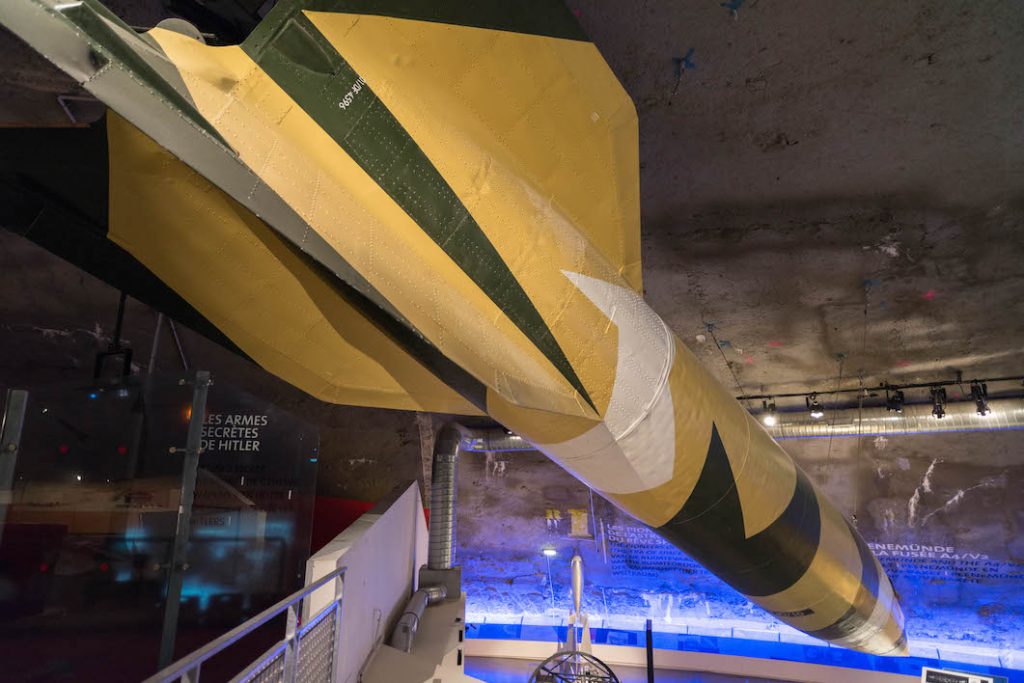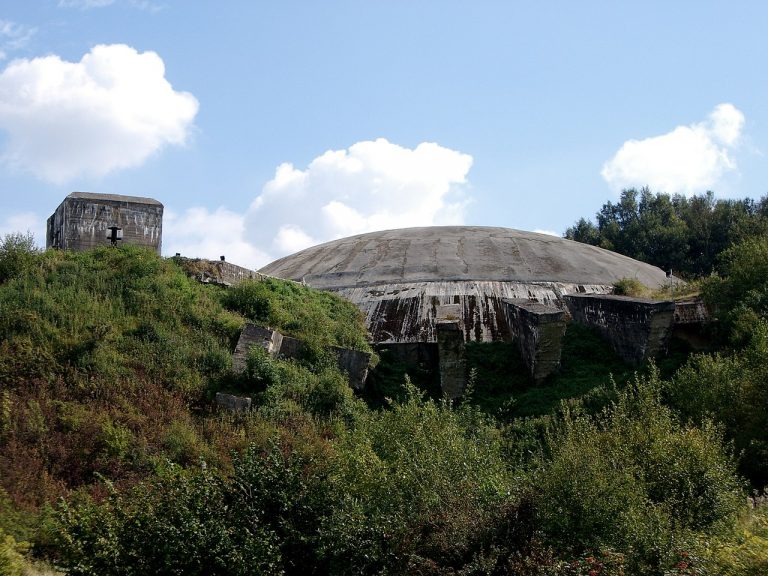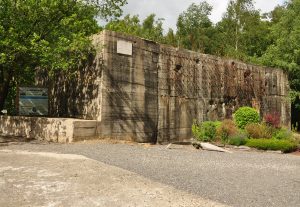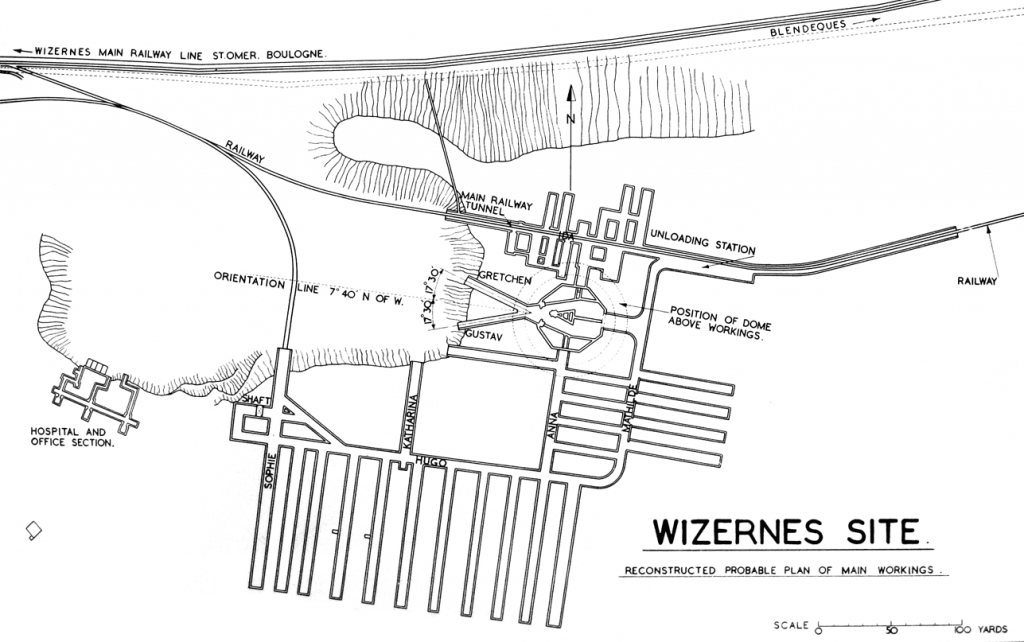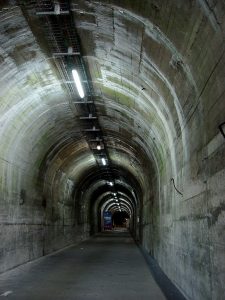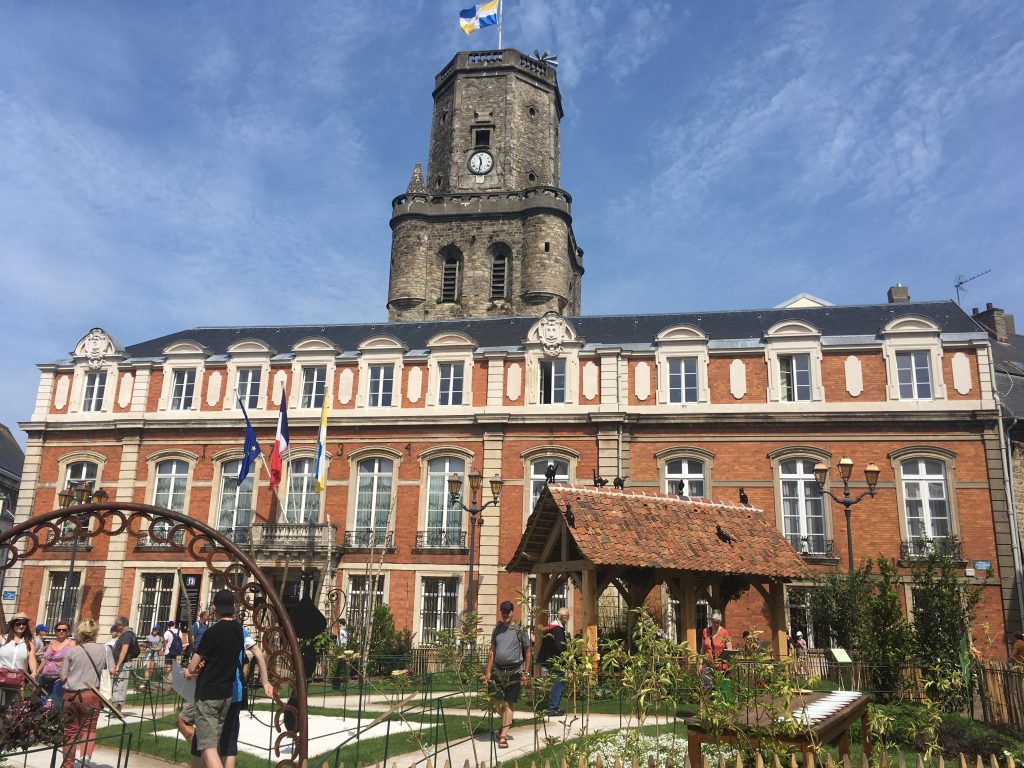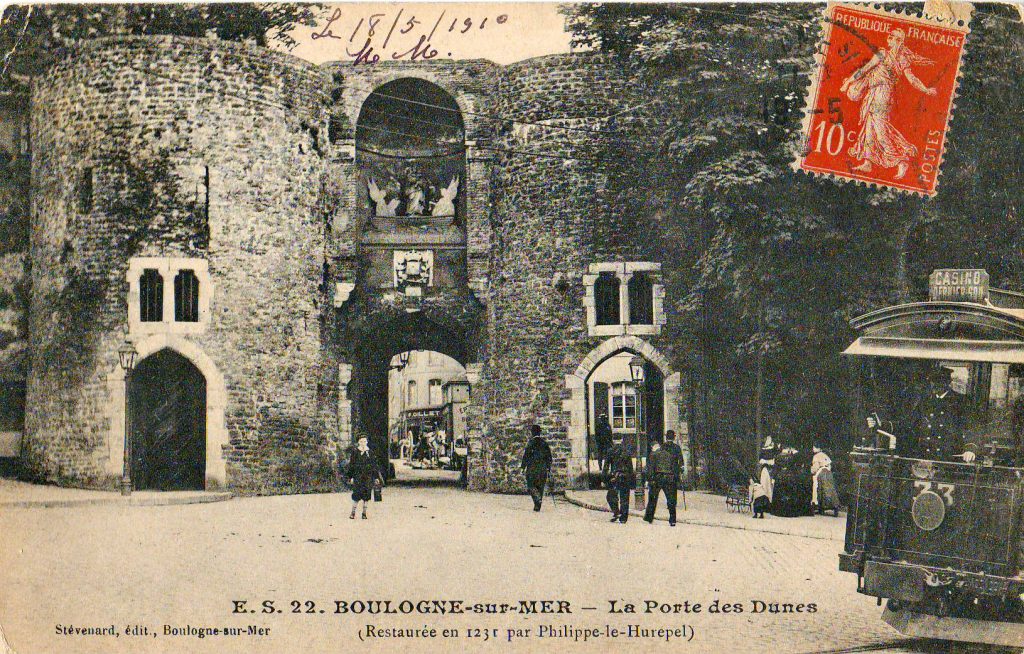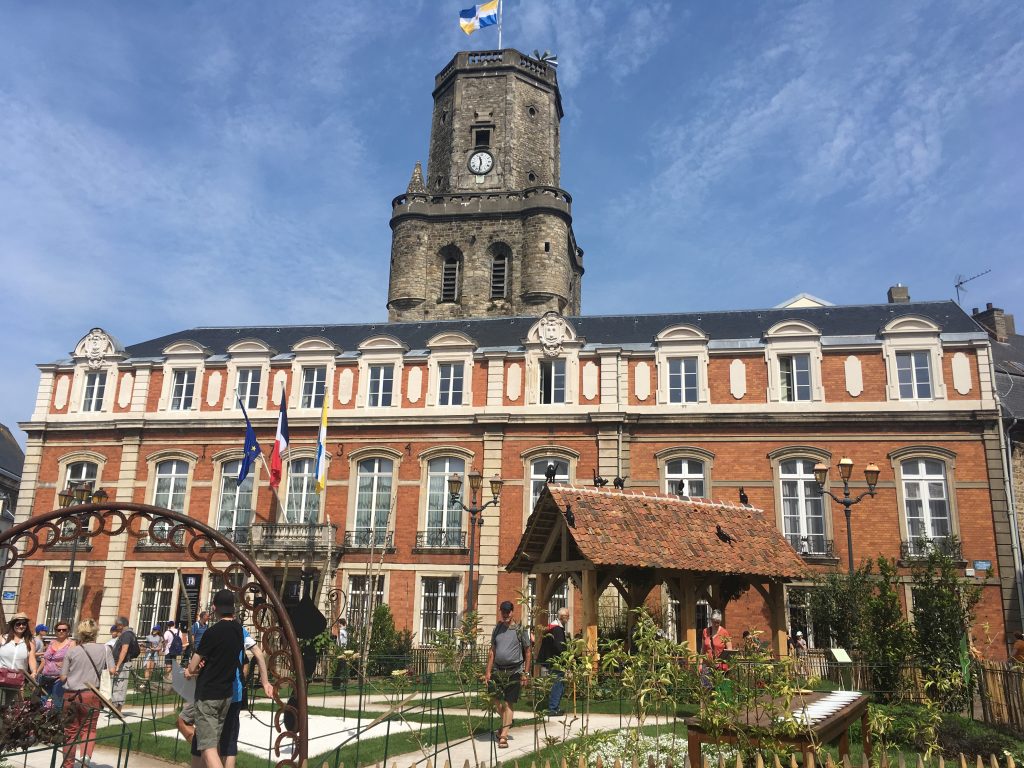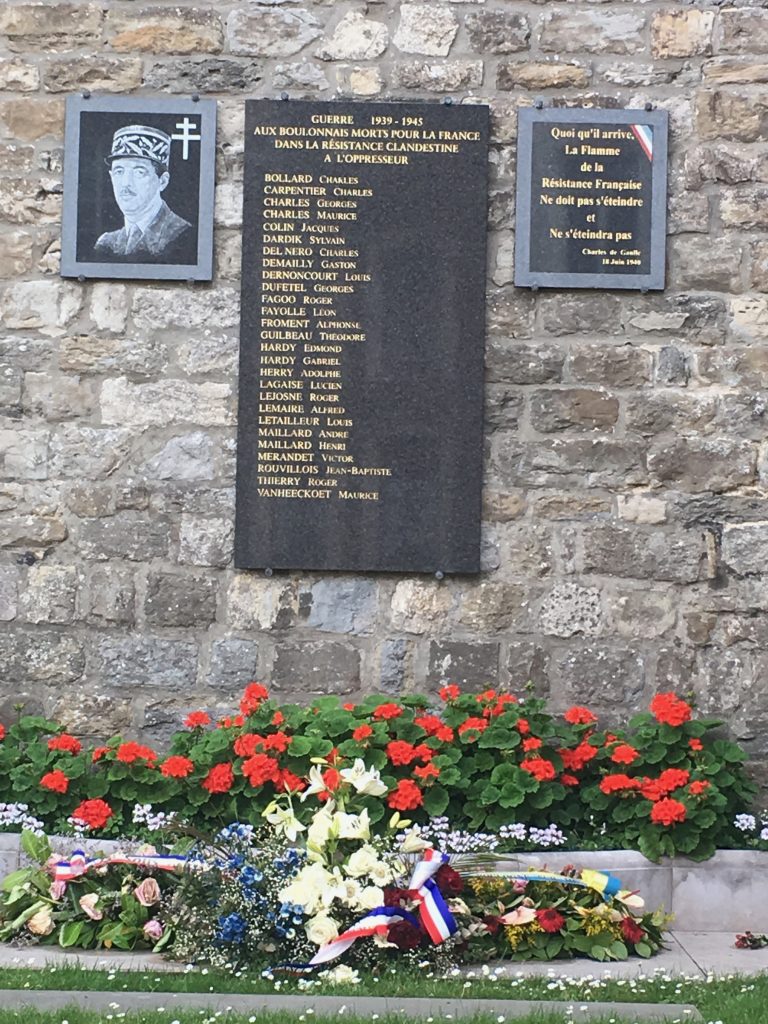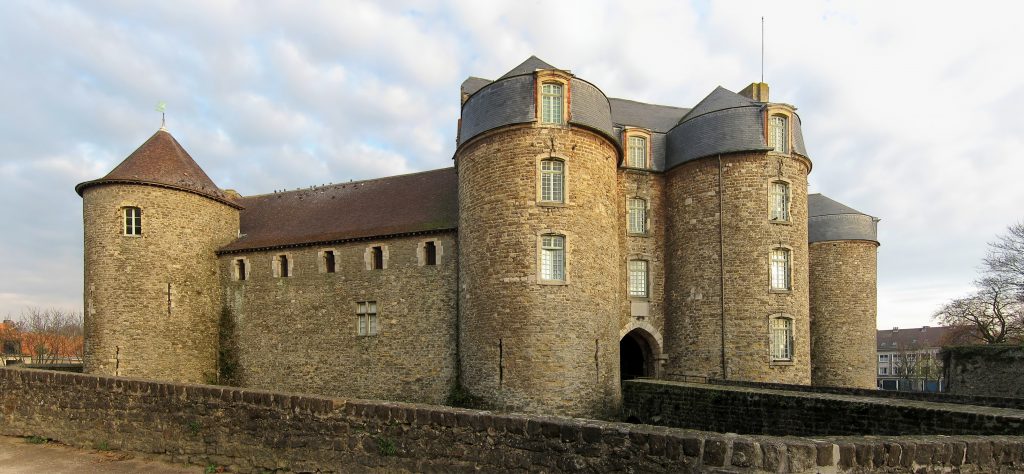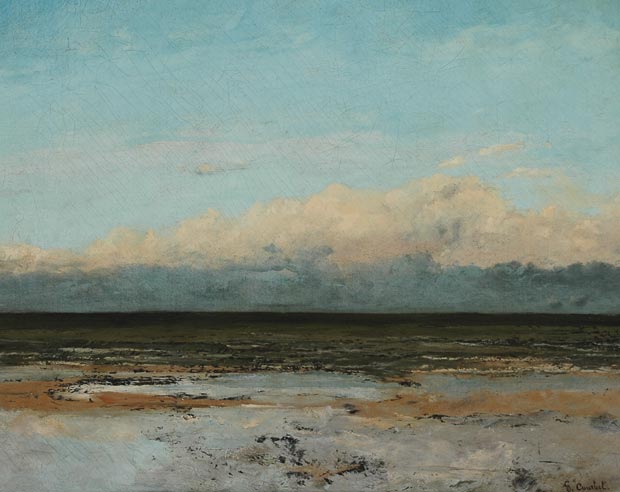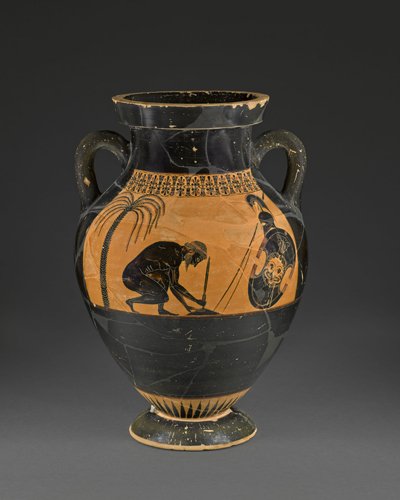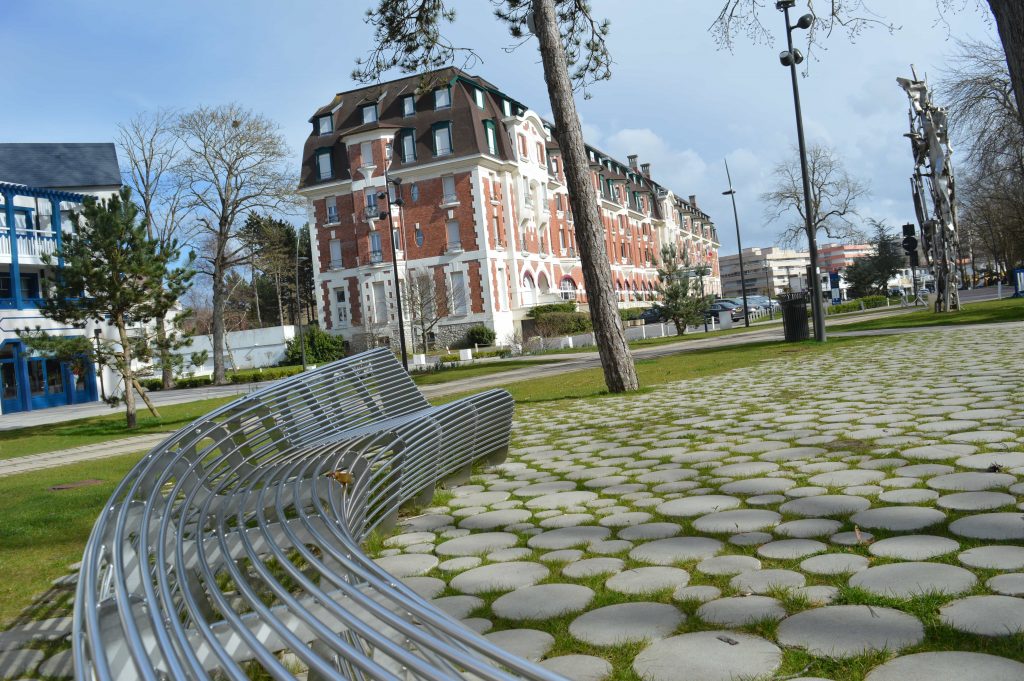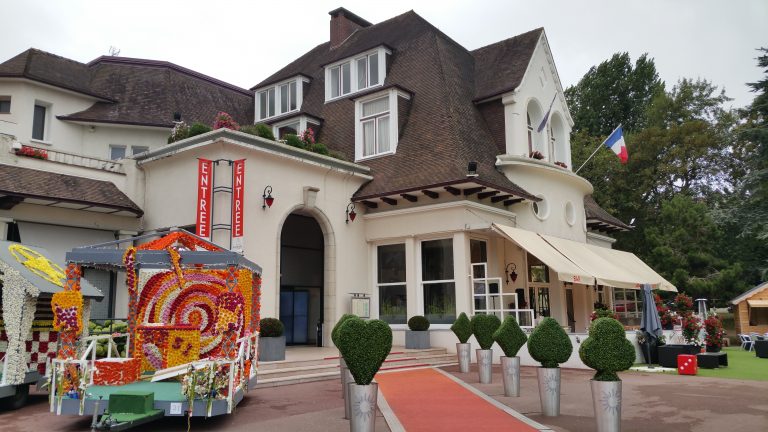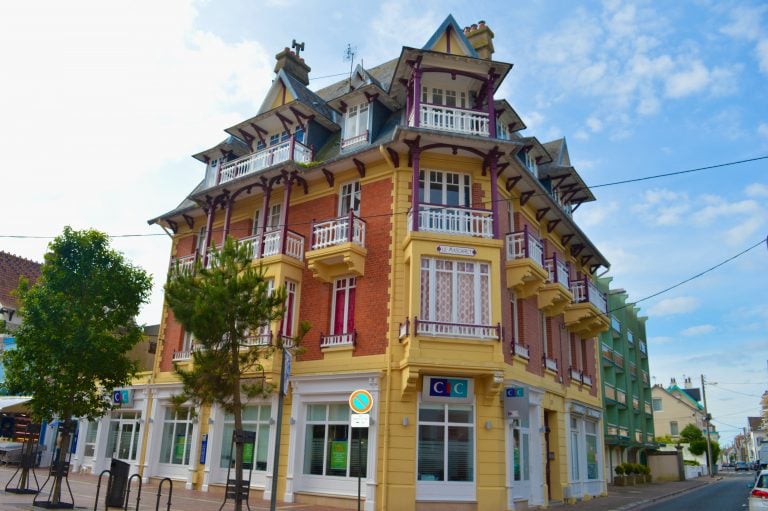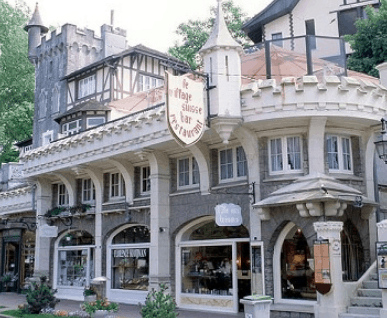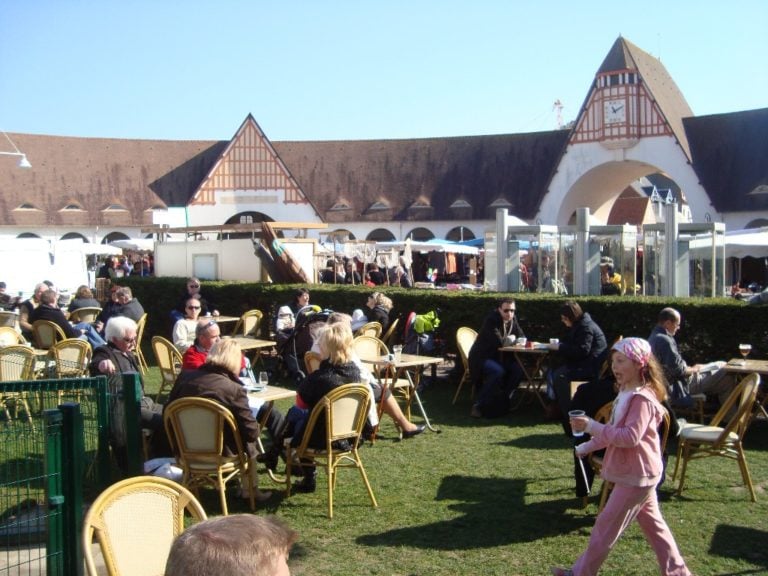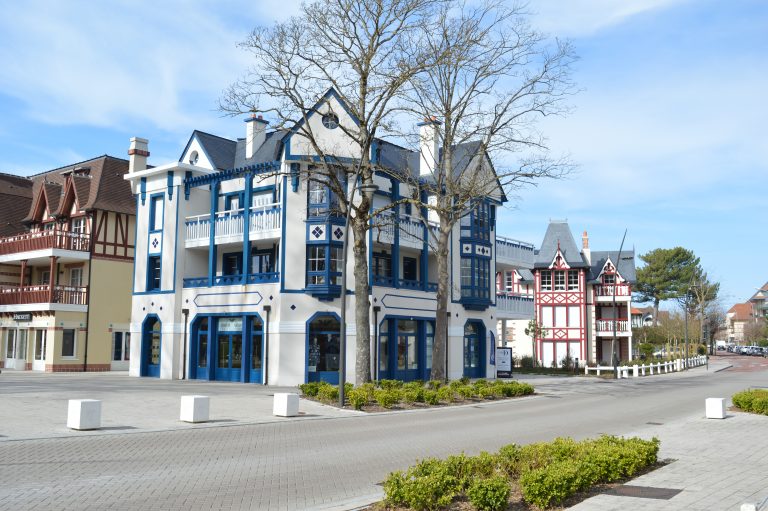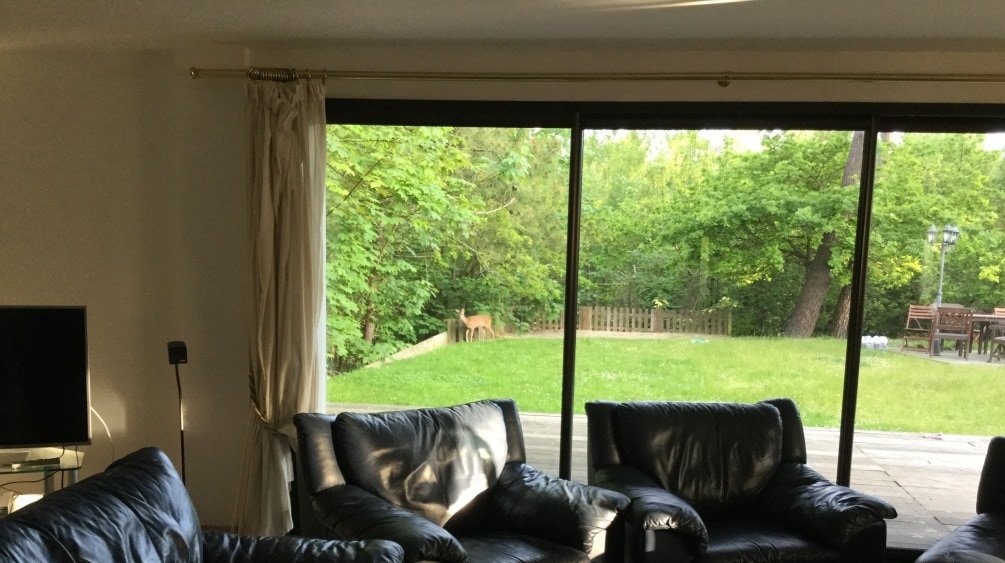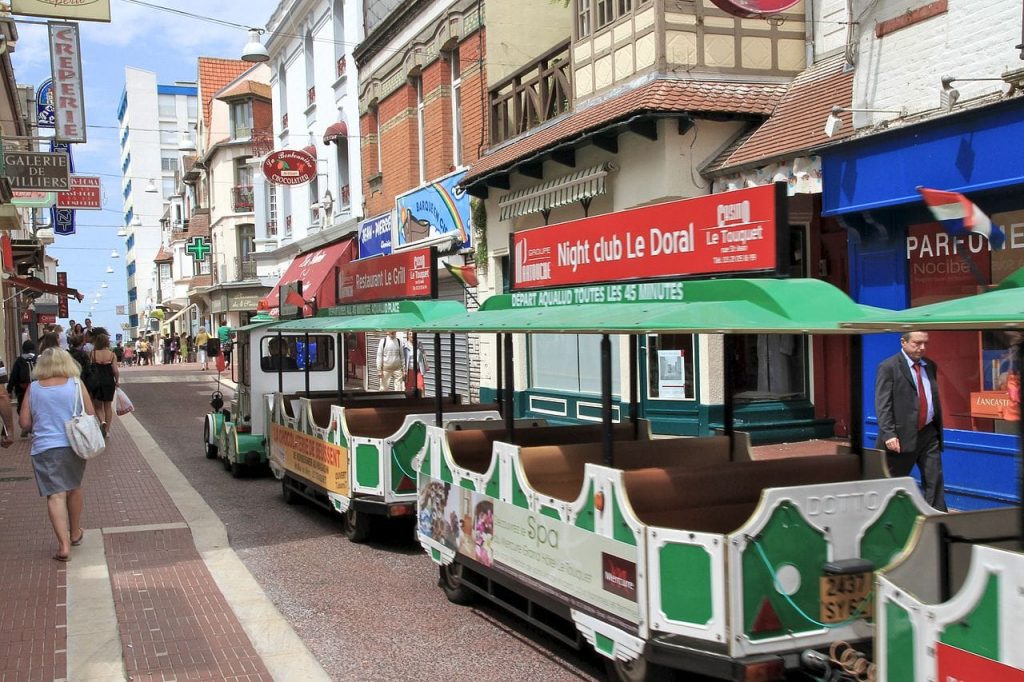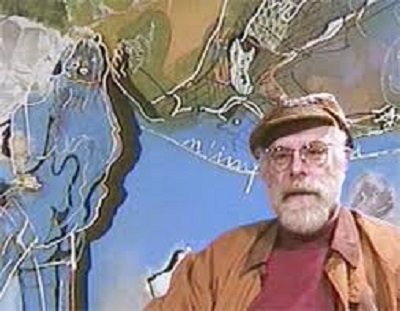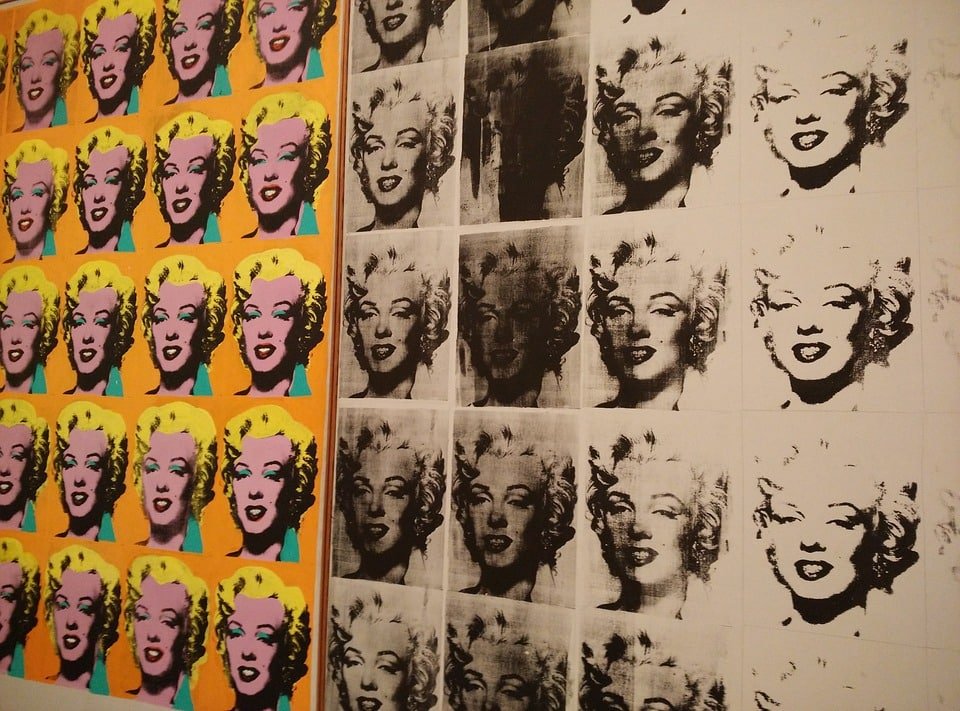V2 Rocket Launch Sites, A Hidden History of Pas-de-Calais.
The Pas-de-Calais department is rich in history, particularly WW1 and WW2 history, due to the heavy presence of occupying Germans in both conflicts. The WW1 sites are famous, but the French state has also turned the remains of several WW2 sites into historic destinations. In particular, it’s restored the bunkers built as V2 rocket launch sites aimed at England in 1944.
Barely more than an hour’s drive from Le Touquet, you can visit two fascinating WW2 places in one day. Both belong to the history of V2 rockets, the first missiles ever launched. After the war, Wernher von Braun’s genius but deadly invention became the early rocket technology of the US space program. Most of the V2s that caused so much death and damage in England in September 1944 launched from the Netherlands. However, the Pas-de-Calais was an experimental and practical site of the V2 rocket programme.
La Coupole: a Megalith for V2s Rocket Launches.
Nowadays, La Coupole is one of the most ambitious museums in Northern France. This giant concrete dome showcases the scientific and military history of the V2 rockets and a 3D Planetarium about the space age. It also serves as the regional memorial to the victims of Nazi Occupation in France.
A centre to educate and entertain, La Coupole offers several exciting exhibits. It also serves to show documentary films about the Second World War and put on temporary exhibitions. One such is running until the end of June 2019 – British Aviation in the Skies of Northern France, 1943-1944.
Attractions
By far the greatest draw are the V2 rockets circuit and exhibits and the Planetarium. Charting the development of V2 rockets from von Braun’s design board up to the end of the war, the V2 circuit explains and demonstrates early rocket technology. It also explores the historical use of V2s against London and other cities.
Le Blockaus at Eperlecques: hi-tech war in the forest
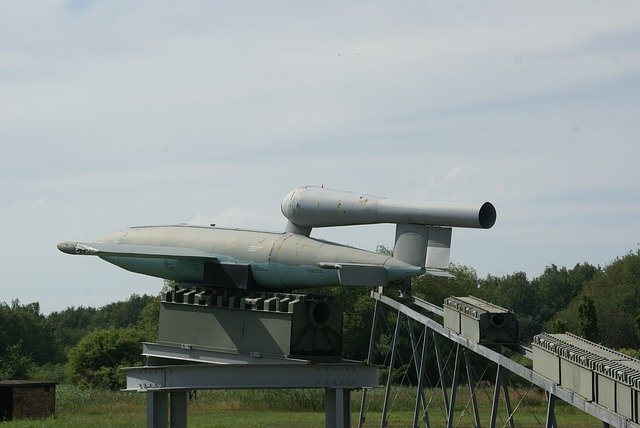
Practical details for your V2 launch sites visits.
Directions
- To La Coupole, Wizernes by car from Le Touquet: via the A16 and the N42 roads.
- From La Coupole to Eperlecques Blockhaus by car: via the D943 road.
- There is a train from Le Touquet (Etaples) to Saint-Omer, and a shuttle called Moveo from Saint-Omer to La Coupole.
- Length of visit: La Coupole history museum average length of visit: 2.5 hours.
- Open daily from 9AM to 6PM, and in July and August, from 10AM to 7PM. Closed at Christmas and New Year, and every year between the 7th and the 20th of January.
-
3D Planetarium: 3 sessions a day, consisting of a 15 minutes introduction and 30 minutes show. Shows available in English via audio sets.
- Blockhaus at Eperlecques: 45 minutes approximately. The area near the bunker is also popular for picnics.
-
Facilities at La Coupole: audio sets, shop and café, and a free picnic area.
-
Accessibility: both La Coupole and the Blockhaus d’Eperlecques are accessible to wheelchairs.
If you find the subject of V1 and V2 fascinating then why not give the 1965 movie “Operation Crossbow” ago. It has a big star cast including Sophia Loren, George Peppard, Trevor Howard. It features the methods used to destroy Hitler’s revenge weapons.
